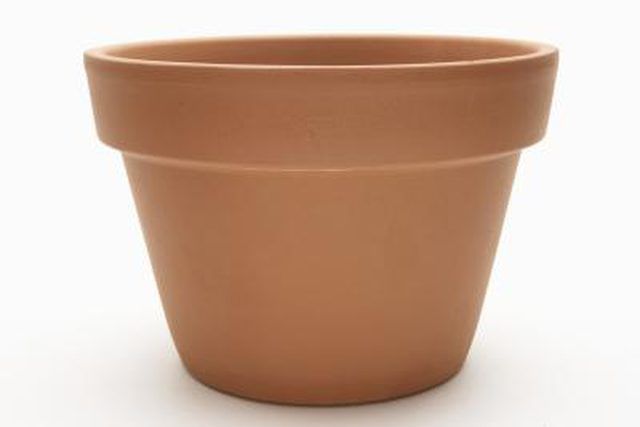Bulbs
Flower Basics
Flower Beds & Specialty Gardens
Flower Garden
Garden Furniture
Garden Gnomes
Garden Seeds
Garden Sheds
Garden Statues
Garden Tools & Supplies
Gardening Basics
Green & Organic
Groundcovers & Vines
Growing Annuals
Growing Basil
Growing Beans
Growing Berries
Growing Blueberries
Growing Cactus
Growing Corn
Growing Cotton
Growing Edibles
Growing Flowers
Growing Garlic
Growing Grapes
Growing Grass
Growing Herbs
Growing Jasmine
Growing Mint
Growing Mushrooms
Orchids
Growing Peanuts
Growing Perennials
Growing Plants
Growing Rosemary
Growing Roses
Growing Strawberries
Growing Sunflowers
Growing Thyme
Growing Tomatoes
Growing Tulips
Growing Vegetables
Herb Basics
Herb Garden
Indoor Growing
Landscaping Basics
Landscaping Patios
Landscaping Plants
Landscaping Shrubs
Landscaping Trees
Landscaping Walks & Pathways
Lawn Basics
Lawn Maintenance
Lawn Mowers
Lawn Ornaments
Lawn Planting
Lawn Tools
Outdoor Growing
Overall Landscape Planning
Pests, Weeds & Problems
Plant Basics
Rock Garden
Rose Garden
Shrubs
Soil
Specialty Gardens
Trees
Vegetable Garden
Yard Maintenance
How to Root an Aucuba Japonica
How to Root an Aucuba Japonica. Also known as Japanese laurel, Aucuba japonica is an attractive evergreen shrub with broad, shiny leaves. The plant grows best in U.S. Department of Agriculture plant hardiness zones 7 to 10. Aucuba japonica grows 4 to 6 feet tall, though the cultivar "Nana" only grows 2 to 4 feet tall. Several varieties...

Also known as Japanese laurel, Aucuba japonica is an attractive evergreen shrub with broad, shiny leaves. The plant grows best in U.S. Department of Agriculture plant hardiness zones 7 to 10. Aucuba japonica grows 4 to 6 feet tall, though the cultivar "Nana" only grows 2 to 4 feet tall. Several varieties are available, including the yellow-flecked "Gold Dust," and "Crotonifolia," which has large, bright yellow splotches on the leaves. Only female plants produce bright red berries that attract birds.
Things You'll Need
Parent plant
Flower pots
Potting soil or rooting medium
Sharp scissors or clippers
Rooting hormone
Pencil
Select a container that has drainage holes or channels to keep the growing medium from staying too wet while the cuttings develop roots. Fill the flower pot or other suitable container with potting soil or rooting medium. Water the material thoroughly and allow the excess water to drain away before proceeding.
Cut a stem from the parent plant. Choose mature new growth and strip off any lower leaves present on the stem. Use the scissors or clippers to make clean cuts. If the stem has immature side branches or twigs, you can cut them off or leave them in place. They will not disturb the rooting process.
Poke a hole in the growing medium with the pencil or similar object. Dip the cut end of the stem into rooting hormone, if desired, then stick the cutting into the hole. If you are rooting more than one cutting, make one hole for each stem. Push the growing medium closed around the stem with your fingers.
Position the cuttings in bright, indirect light and away from drafts such as air conditioner vents in the home. Keep the cuttings moist for four to six weeks.
Transplant the new Aucuba japonica plants to an area of the garden that receives partial sun to full shade. Protect the plants from harsh sunlight in both summer and winter. The plant prefers well-drained soil rich in organic matter. Water regularly, but do not allow the soil to stay wet or the roots may rot.